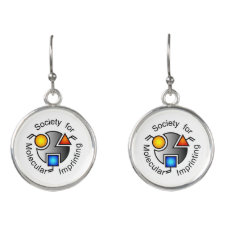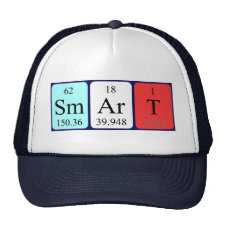
Authors: Mokhtari P, Ghaedi M
Article Title: Water compatible molecularly imprinted polymer for controlled release of riboflavin as drug delivery system.
Publication date: 2019
Journal: European Polymer Journal
Volume: 118
Page numbers: 614-618.
DOI: 10.1016/j.eurpolymj.2019.06.038
Alternative URL: https://www.sciencedirect.com/science/article/pii/S001430571930518X
Abstract: In this study, facile and green method for synthesis of imprinted material was introduced which subsequently applied for efficient delivery of Riboflavin (vitamin B2). Characterization of the prepared polymer was carried out by the Fourier Transform Infrared (FT-IR) spectroscopy and Scanning Electron Microscopy (SEM). The weight ratio of functional monomer to template over 5-20 W/W% was evaluated in order to find the best loading condition and subsequent release into synthetic biomimetic media namely simulated body fluid (SBF) and media including 1% NaCl solution, simulated gastric fluid (SGF) solution at pH 1.5 and the solution of 1% W/W Na2SO4. Under optimized condition, the highest value of released riboflavin was achieved at 1:20 ratio of riboflavin to polymer in NaCl (55.07%) media which providing that the body requirement about 5 days of this vitamin between minimum effective concentration (MEC) and maximum safe concentration (MSC) of Riboflavin in short release time (45 min). Moreover, the experimental data were fitted to Higuchi model in order to calculate Higuchi solubility constant
Template and target information: riboflavin
Author keywords: molecularly imprinted polymer, riboflavin, drug delivery, chitosan, controlled release



Join the Society for Molecular Imprinting

New items RSS feed
Sign-up for e-mail updates:
Choose between receiving an occasional newsletter or more frequent e-mail alerts.
Click here to go to the sign-up page.
Is your name elemental or peptidic? Enter your name and find out by clicking either of the buttons below!
Other products you may like:
 MIPdatabase
MIPdatabase









